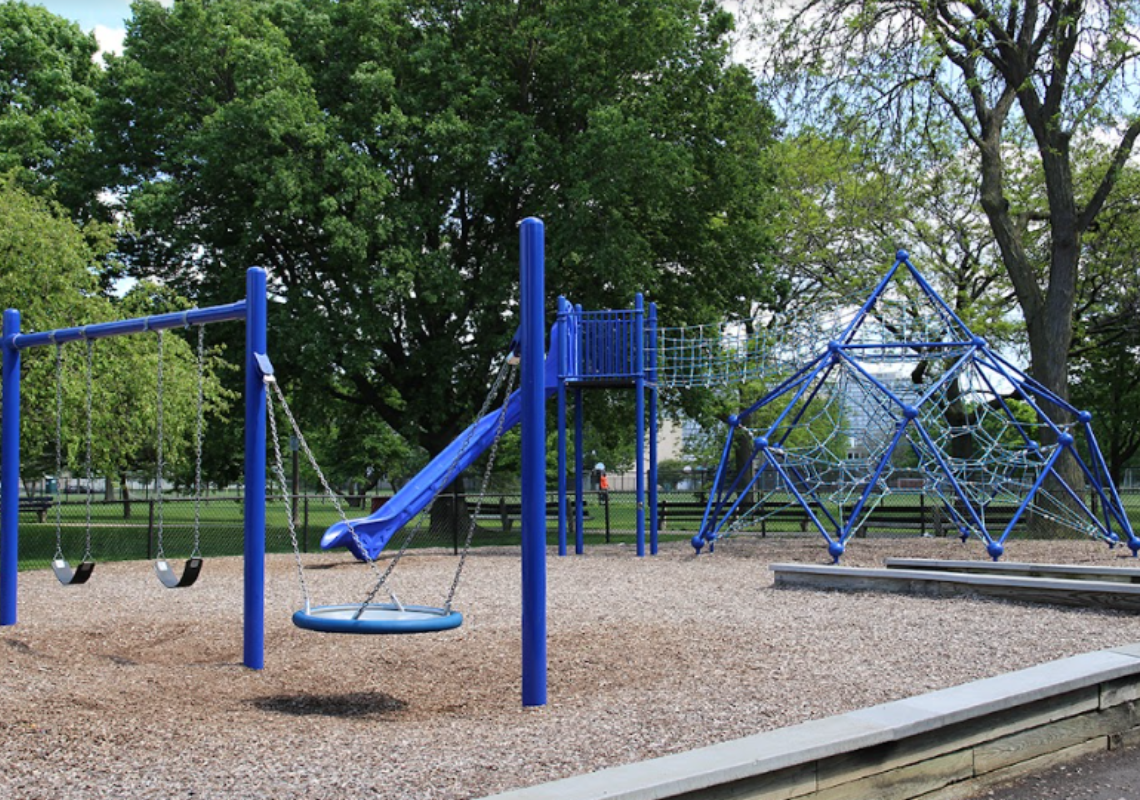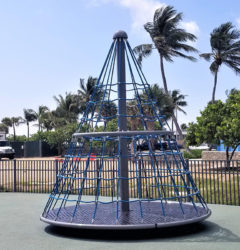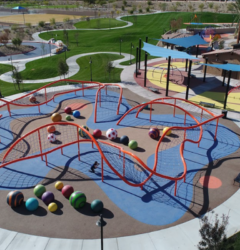14 Sep

There’s no doubt that playgrounds are an asset for community health and wellness. Parks, playgrounds, community facilities and amenities all contribute to the overall quality of life for residents in the area. However, some studies show that playgrounds and such are not equitably distributed or maintained. Inequities regarding the different amenities and options tend to vary – often drastically – based on your area’s level of income.
Lower income areas tend to have more playgrounds or parks but with less quality. Likely because these areas tend to be diversity populated, urban cores that have since been gentrified toward higher income businesses and households. We lose focus of the fact that these areas of low socio-economic status are more likely to have higher prevalence of childhood obesity, diabetes, and overall lower health which is why it’s even more important that their areas of activity be held to as high of a standard as any other area. Access to quality play is linked to better health outcomes.
Medium to high income areas tend to have fewer playgrounds but the quality is substantially different. Equipment and amenities are often safer and more inviting. Vandalism, graffiti, and litter were all more likely to be resolved. They are more likely to have shaded areas, water features, picnic tables and walking paths.
This is not new, nor shocking data. Past studies have shown that even seemingly simple safety issues like sidewalks are lacking in or ignored in lower income areas. Uneven sidewalks, obstructions, incomplete connections to safe crossing areas are all more likely to be an issue than in predominantly white or higher income neighbourhoods. It is clear that there are drastic differences between neighbourhoods and communities of different socio-economic levels.
The simplest way to consider these disparities is to put yourself into the shoes of the community members.
- Would I want to play at this playground?
- If I was a child would this play area seem fun?
- Can I hang out here on hot days? Is there shade?
- Am I close to a washroom or place to get food/water?
Basically, would a child want to spend the day at this park or playground or is it just the best of the worst options available to them?
Just because you have a local play area doesn’t mean it’s a suitable one. Urban or low-income area parks are less likely to have decorative landscaping, trails, and playground equipment.
If your local play area is decrepit and rusty, you can probably assume it’s no longer on the radar of your community services officials. If the equipment has been allowed to deteriorate, take a moment to look around. Are you in a minority neighbourhood, a low-income neighbourhood? Are you in an area that seems to also spend less on infrastructure and roads? This may indicate that it’s time to hold your town/city officials accountable. To prevent the increase in inequality, fundamental services must be maintained and improved upon to increase the accessibility and inclusion for everyone of all ages and abilities.
Officials should be committed to keep all play areas, for all residents, up to par for safety, function, and quality. To prevent increasing inequality, exclusion and segregation in cities, fundamental urban services must be maintained or improved and kept in public ownership and made accessible for every city-dweller. There are emerging alternatives that show ways to do this and challenge privatisation policies.









Follow Dynamo Playgrounds